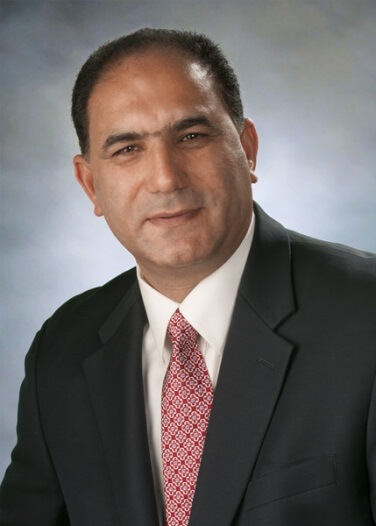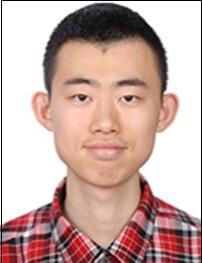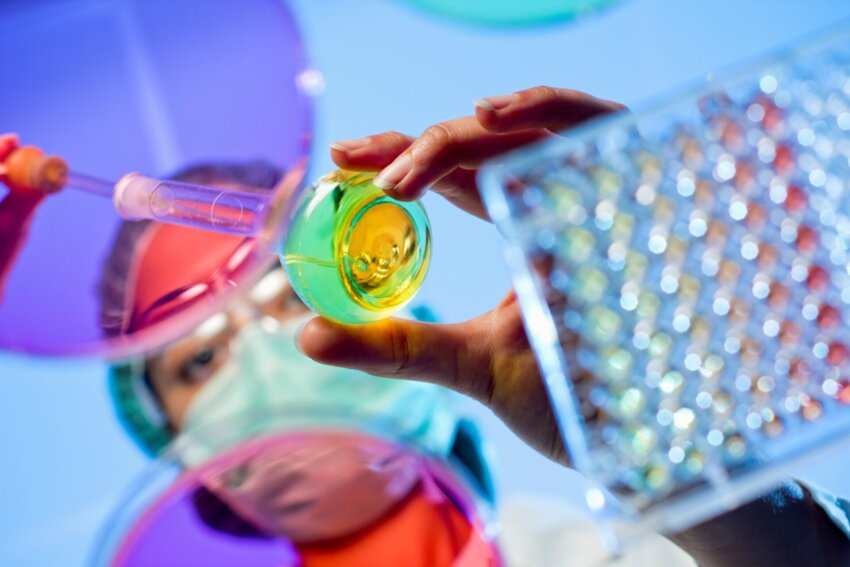Turning on the gene in mice restores the animals’ motor functions
The 50 families stretch from the Netherlands and the United Kingdom to the United States and China. Each family has a child who is paralyzed from a mutation in a single gene named Contactin-Associated Protein 1 (Cntnap1).
The children are locked inside their bodies, unable to move. The families feed them and change them, and someone monitors them 24/7.

Thousands of miles away in South Texas, Manzoor Bhat, MS, PhD, and his team at The University of Texas Health Science Center at San Antonio are making discoveries that point to a gene therapy for these profoundly affected children. The scientific journal Cell Reports published the findings Oct. 19. Co-authors of the study are Cheng Chang, Lacey Sell and Qian Shi, PhD.
“We obtained genetic information from the families and created mouse models that recapitulated the human mutations and the human disease. Our mice developed phenotypes, or weaknesses, like the children,” said Bhat, vice dean for research in the health science center’s Joe R. and Teresa Lozano Long School of Medicine.
Bhat occupies the Zachry Foundation Distinguished Chair in Neurosciences and is professor in the Department of Cellular and Integrative Physiology in the Long School of Medicine. A published leader in neuron-glial biology research, this project started with the discovery of the mouse Cntnap1 gene in his laboratory in 2001.
A way of rescue
Transgenic animals are animals that have had a foreign gene inserted into their genome. The Bhat lab developed transgenic mice that have both a normal copy of the Cntnap1 gene and a mutated copy that reflects the mutations observed in the children.


“We can control when the normal gene is turned on,” Bhat said. “And it turns out that we can use the normal gene to rescue the mice from their neurological deficits.”
In a series of experiments, the researchers turned on the normal gene at birth, five days after birth, two weeks after, one month after and three months after birth. The earlier the team turned it on, the quicker the mice got better and the more complete the rescue was.
“The longer we wait, the worse the mice will do,” Bhat said. “This is because the Cntnap1 gene makes a protein that drives nerve impulse conduction. If we wait a month or two, then the nerve function is already weak, muscles become weak and the mice cannot maintain motor coordination.”
Mice were placed on a beam to measure their movement. After the normal copy of the gene is turned on, and with time, the mice start passing the beam with ease. This is because the normal gene is producing protein that improves nerve signal conduction.
Path to gene therapy

The next phase of the research is to inject a virus that makes the Cntnap1 protein into the Cntnap1 mutant mice. If preclinical studies give good indications, then a step down the road would be to go for gene therapy for children.
“The mouse models we created are the first mouse models of this disease and the first rescue of the disease,” Bhat said. “We are now getting ready for future gene therapy.”
The UT Health Science Center San Antonio patented the mice and the gene inserted into the mice. The Bhat lab is working with external companies, including one that designed the virus for gene therapy.
Acknowledgments
Major funding for the study is from the National Institute of General Medical Sciences (NIGMS) of the U.S. National Institutes of Health (NIH). Other funders include the John Doran Family Foundation for Neuropathy, the Foundation for Peripheral Neuropathy and the Zachry Foundation through its support of the endowed chair Bhat occupies.
The Bhat lab utilized technology to design the mice in the Mouse Genome Engineering and Transgenic Facility at The University of Texas Health Science Center at San Antonio.
Mouse models of human CNTNAP1-associated congenital hypomyelinating neuropathy and genetic restoration of murine neurological deficits
Cheng Chang, Lacey B. Sell, Qian Shi and Manzoor A. Bhat
First published: Cell Reports, Oct. 19, 2023
https://www.sciencedirect.com/science/article/pii/S221112472301286X


